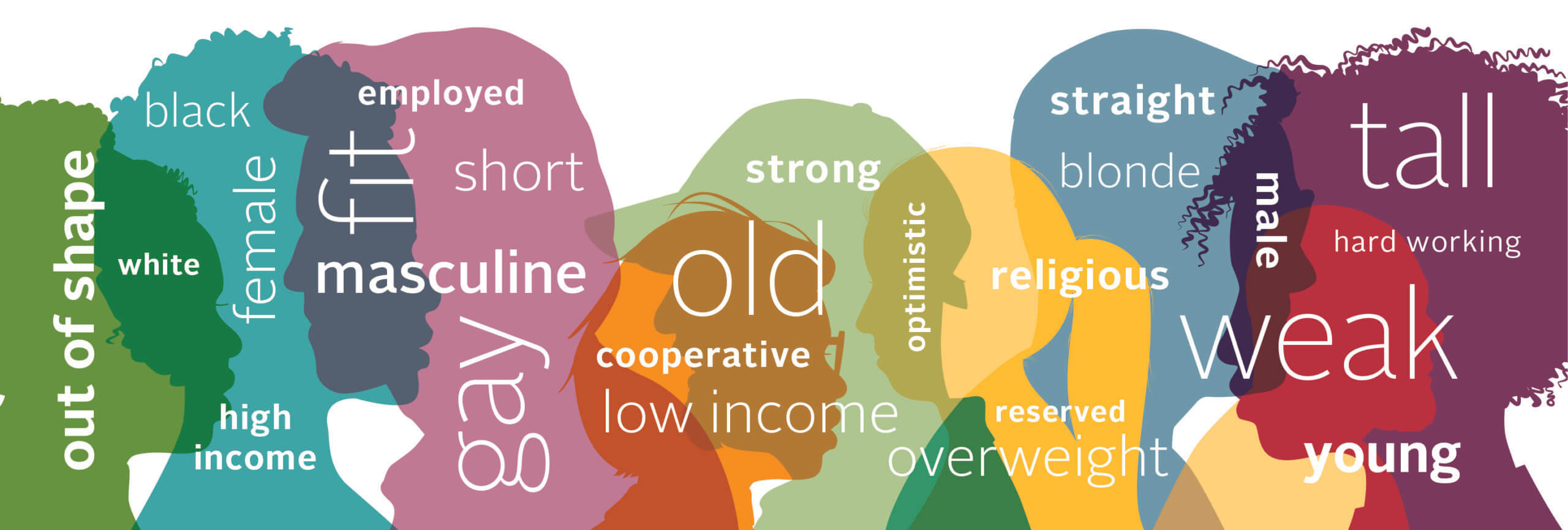What is Implicit Bias?
Implicit bias is the subconscious judgment of a person, thing, or idea based on our past experience or knowledge that can affect our actions. Implicit bias can be the source of racial and prejudice tendencies, however, it is not always inherently negative. For example, a person may interact with an overweight individual and assume that they are not physically active and do not live a healthy lifestyle. Another person may interact with the same individual and accept or view them in a positive persona based on their past experiences, education, and interactions. These are two examples of implicit bias that can either be positive or negative.
Occupational therapy practitioners and students need to learn about implicit bias to reduce disparities in the field and to best serve our clients. This allows us to bring light on our own biases to identify how we can change our actions.
Occupational therapy practitioners and students need to learn about implicit bias to reduce disparities in the field and to best serve our clients. This allows us to bring light on our own biases to identify how we can change our actions.
Three things we can do to address our own implicit biases include: completing online self-analysis, placing ourselves in the shoes of those who our decisions affect, and educating ourselves on different cultures to mitigate stereotypes. Implicit bias is inevitable, however, understanding it will help us promote diversity and reduce disparities (takeaway).

Retrieved from https://www.tmc.edu/news/2019/10/best-intentions-wont-solve-implicit-bias-in-health-care/

Retrieved from https://www.tmc.edu/news/2019/10/best-intentions-wont-solve-implicit-bias-in-health-care/

Comments
Post a Comment